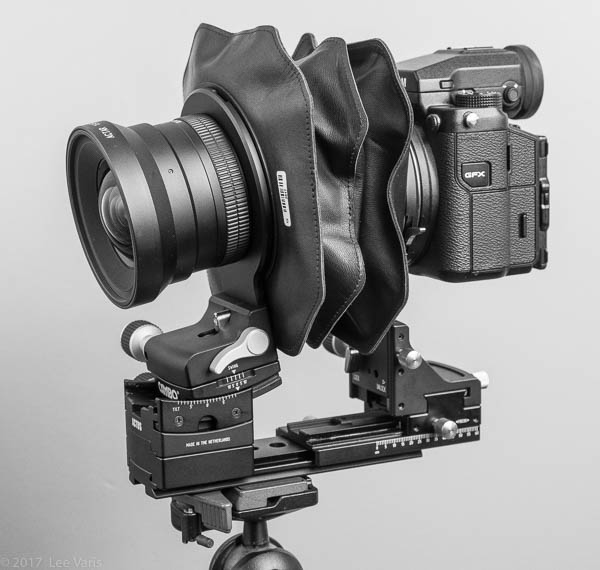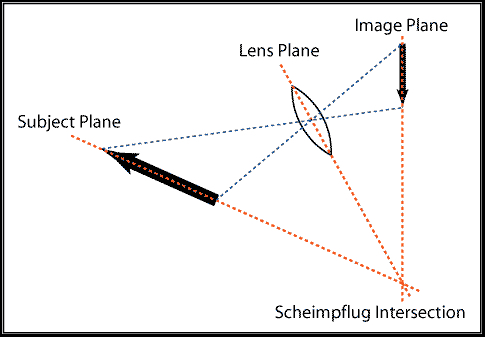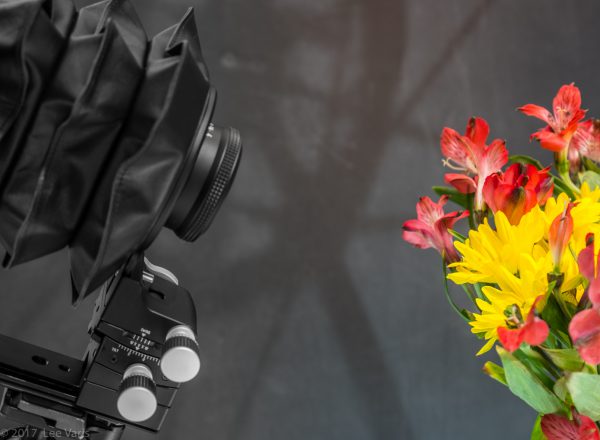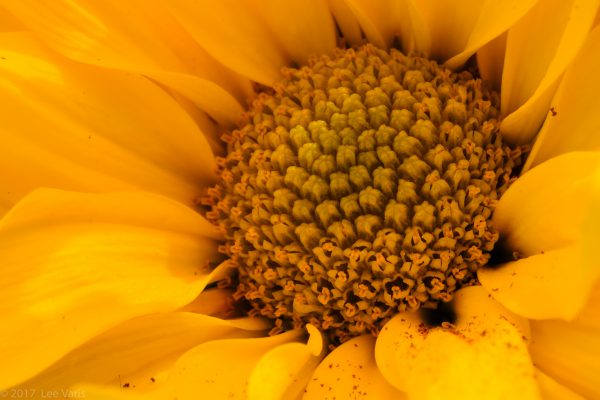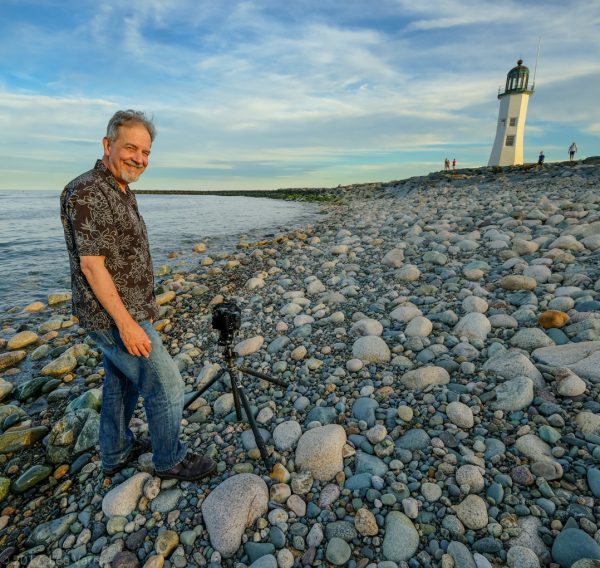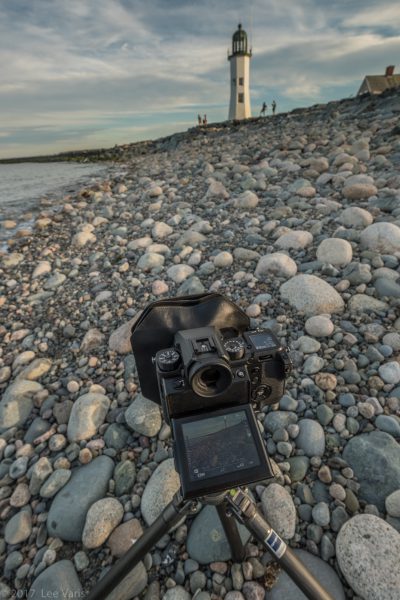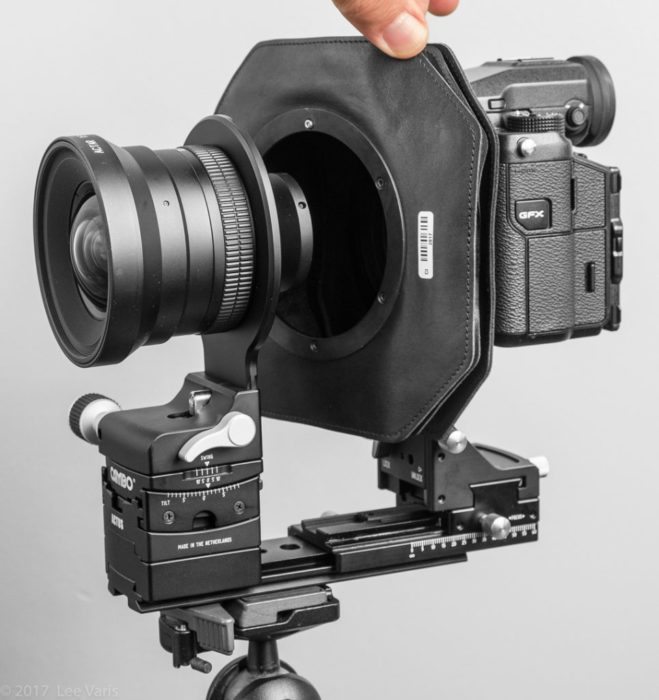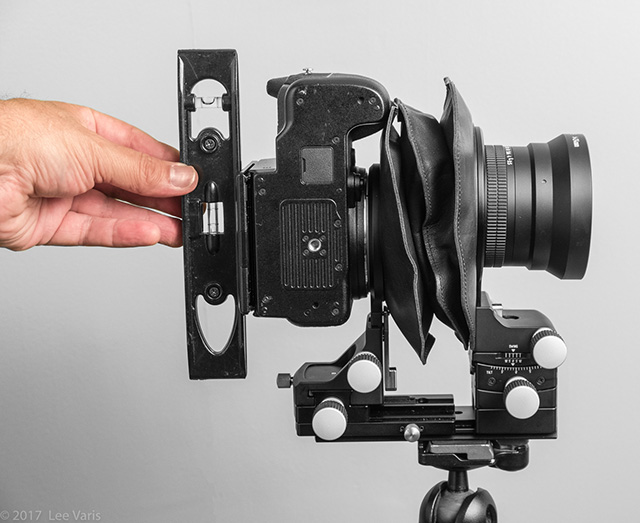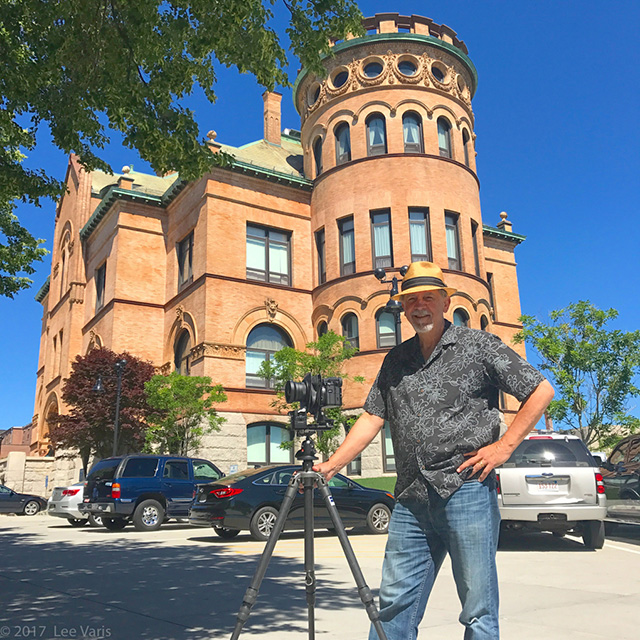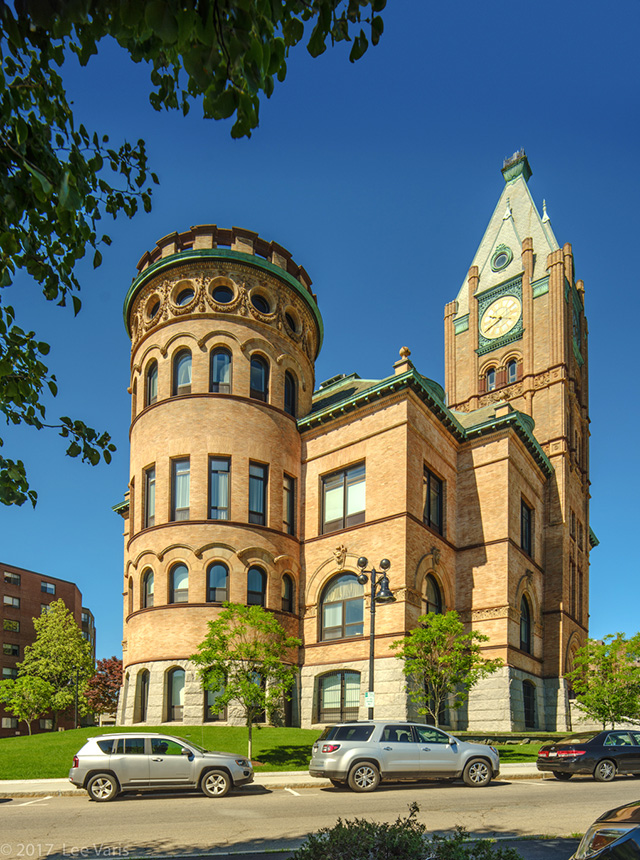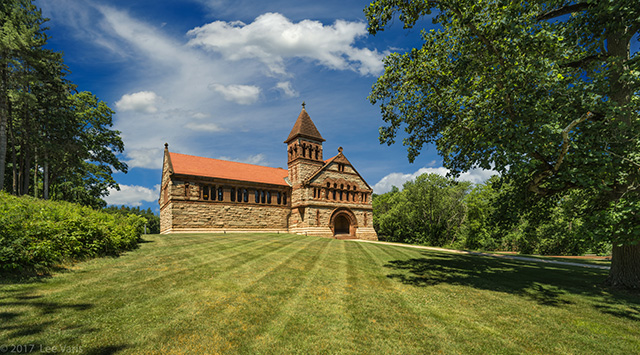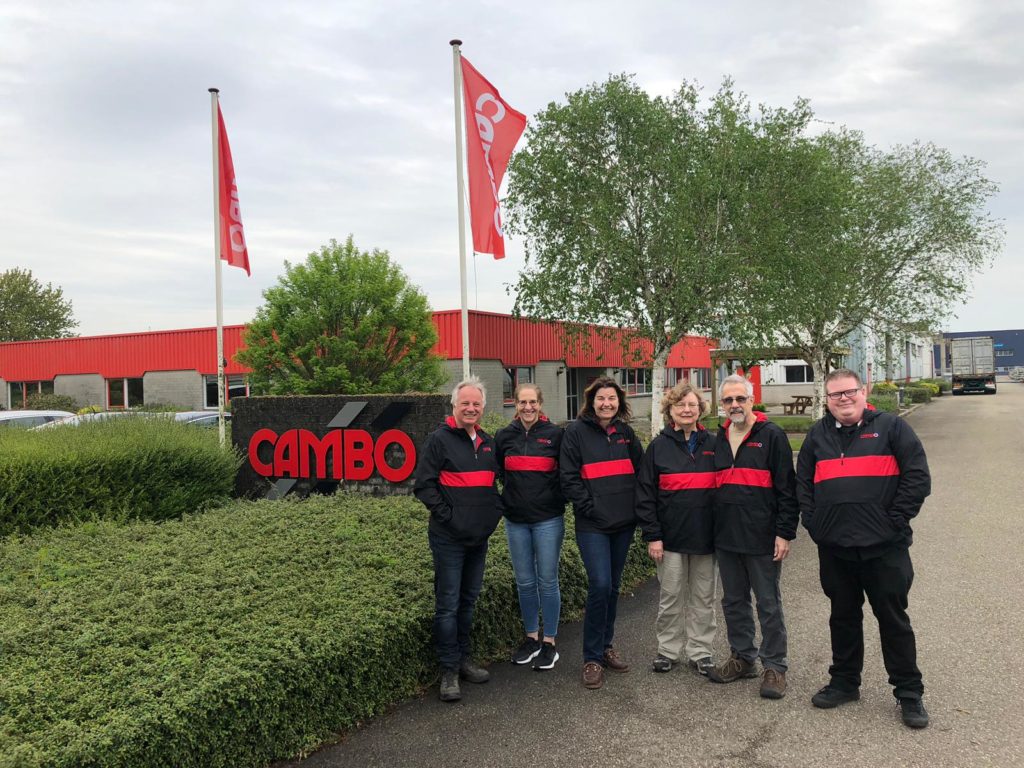
When we set out to create what would become the 2019 Cambo Factory tour late in 2018 we sat and tried to create an event that both was visually interesting as well as something that would be stimulating for a fan of Cambo equipment (or someone who was curious about how a final camera is “born” from raw materials).

We started the first official day of our workshop at Cambo Headquarters and Factory in the small town of Kampen in The Netherlands.
Our hosts gratefully started with a brief history lesson which served to tell us how Cambo as a company was started, and walked us through some of the design ethos to help us understand where the company would be going.
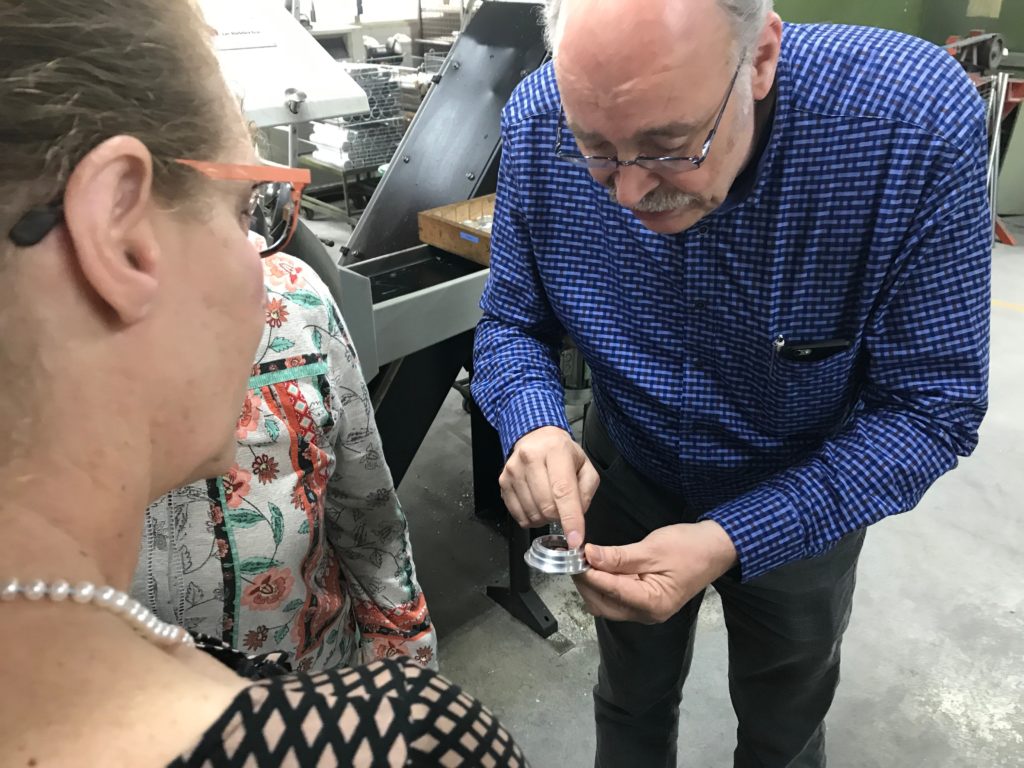
We then were lead through a guided tour of the factory floor. We would see how each product begins as a digital rendering, which then gets fed into a computerized milling machine that transforms raw aluminum blocks into a final product.
We also just happened to be in the factory while some new products were making their way off the line. Our tour group were the first people outside of The Netherlands to see these upcoming camera accessories!
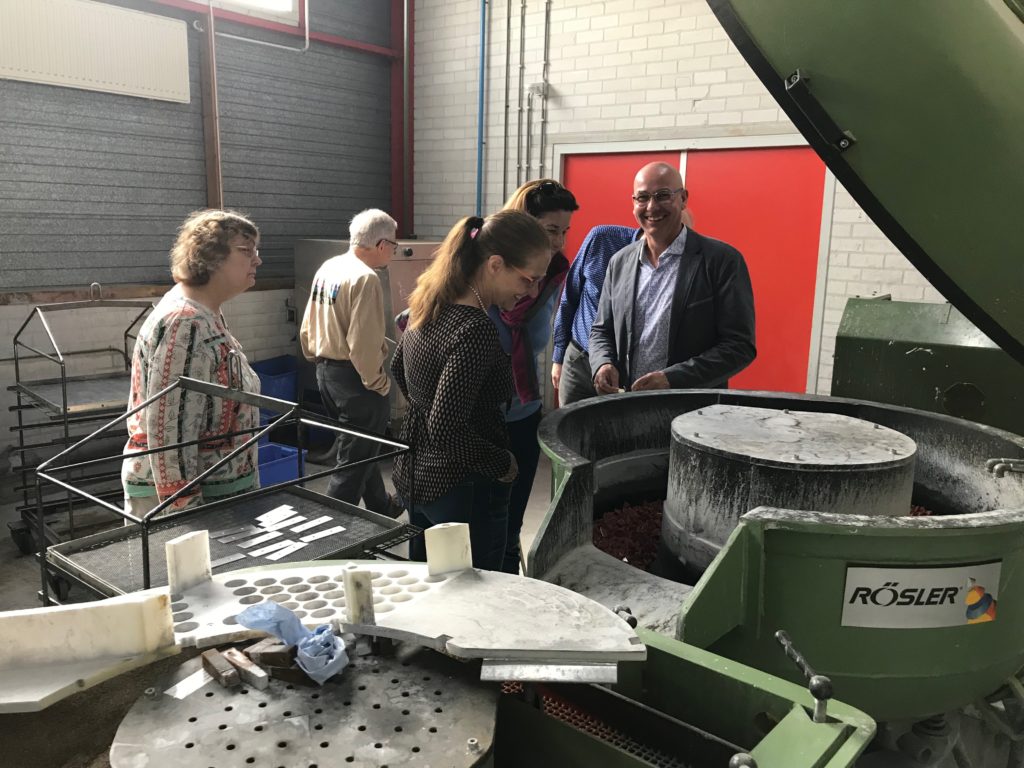
After lunch in the neighboring village we were back in the conference room and it was time for the fun to really begin. Each participant was given the opportunity to check out whatever equipment they could possibly imagine.
Each participant then received specialized one-on-one training as to how to best get the most out of what would be their tools for the rest of the week. As well as a special gift, a personalized camera bracket, that was laser engraved with each participant’s name and markings to indicate it came from our Tulip adventure that would commence the next day.
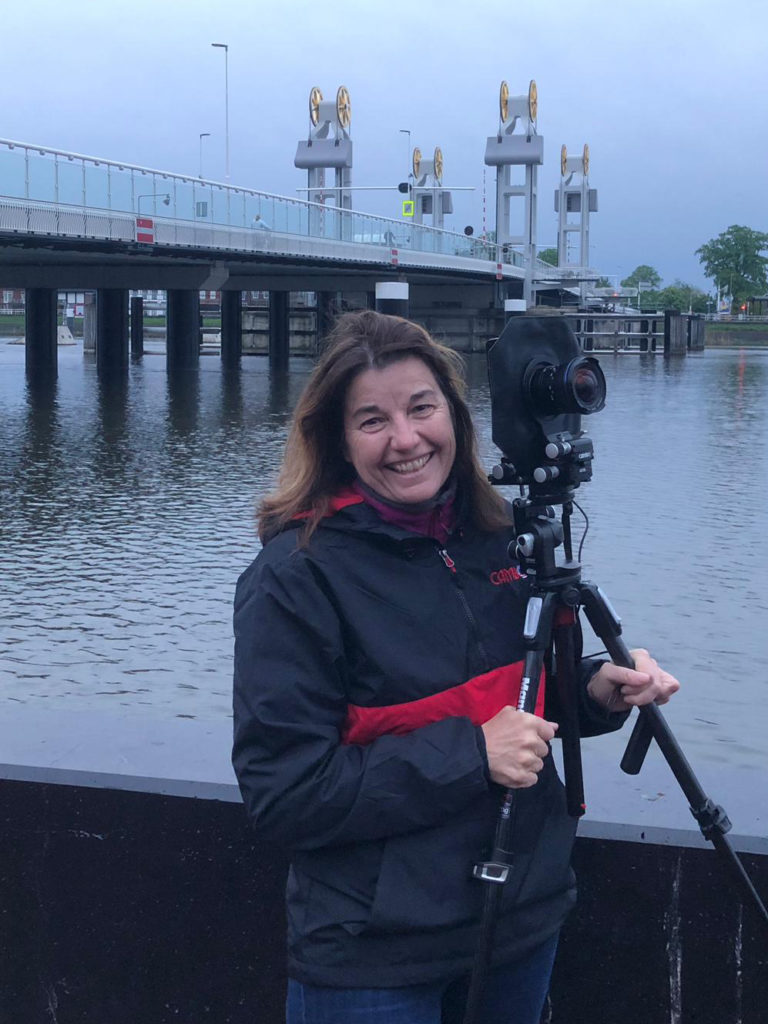
Our plans to capture Kampen at sunrise may have fallen short due to morning mist and cloudy skies, but that didn’t stop us from trying.

After a nice breakfast, it was off to the races!
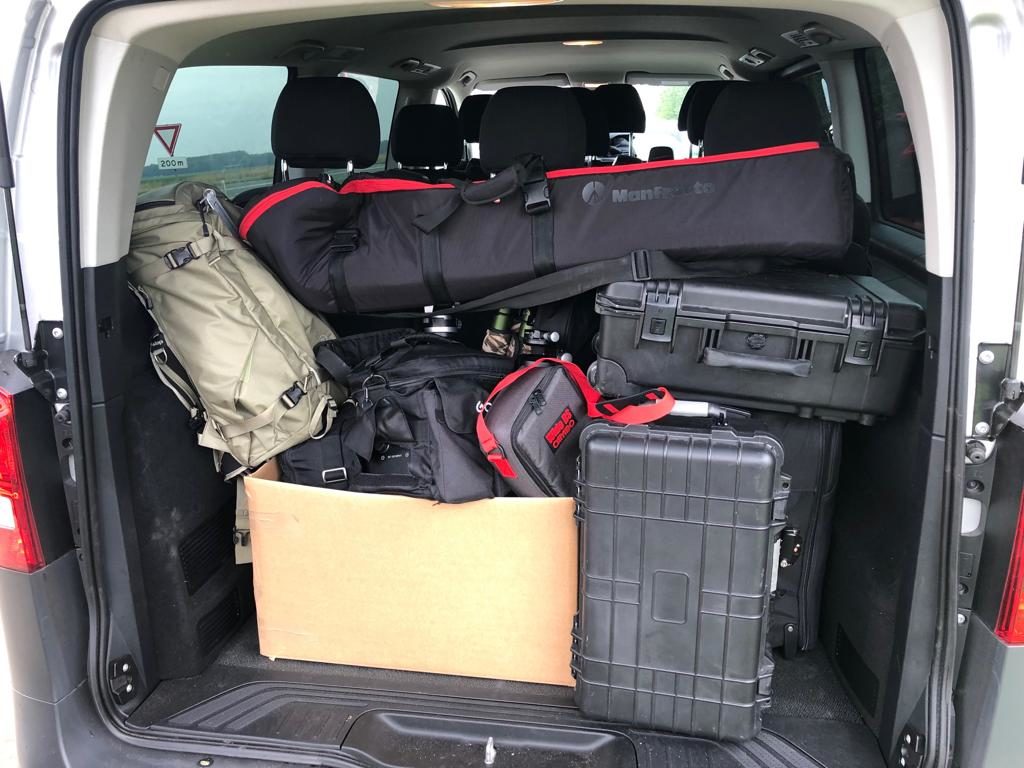
We met with Pim Van Der Maden, a well known Dutch photographer, and Renè from Cambo who would be our local guides for the tour.
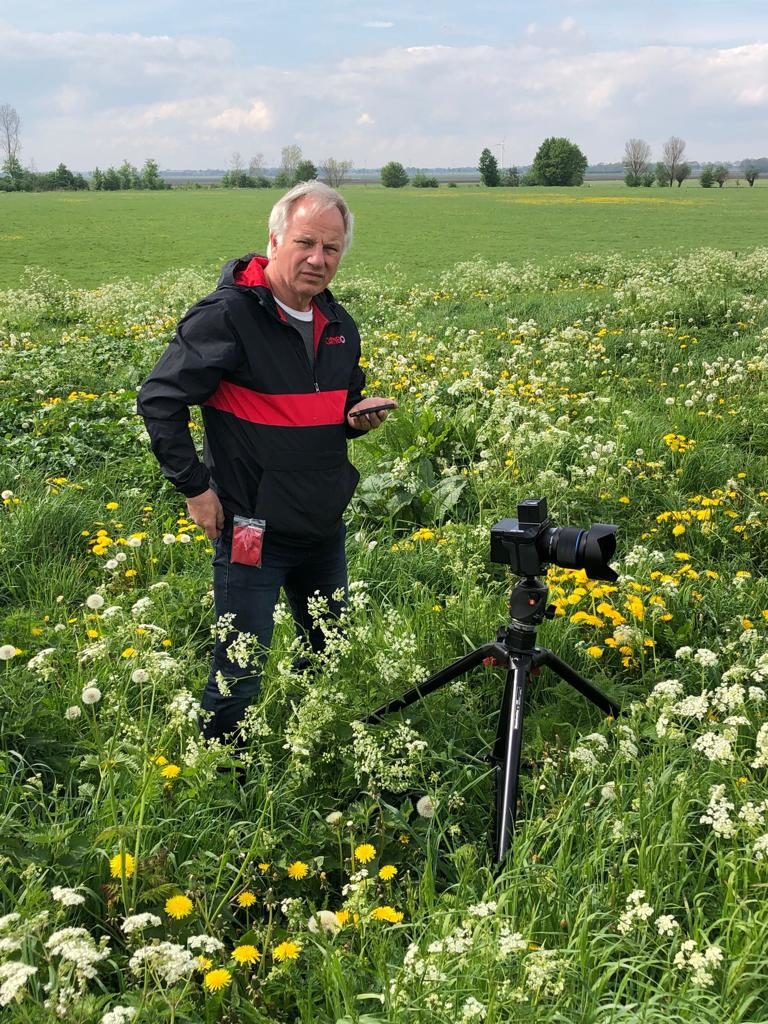
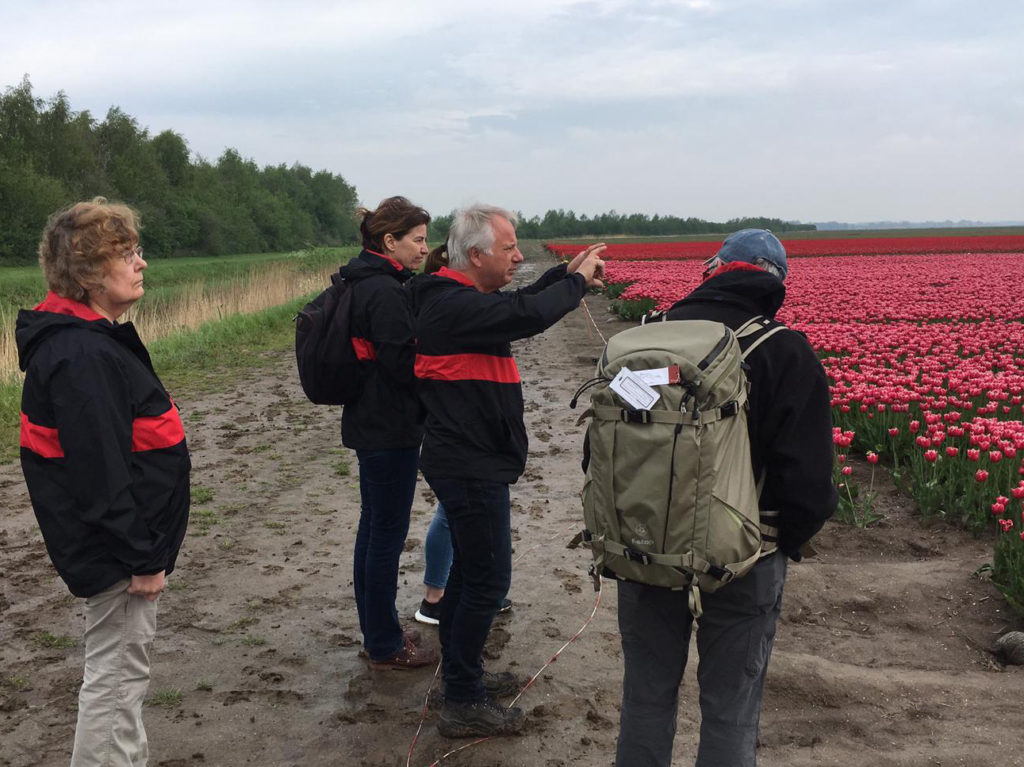
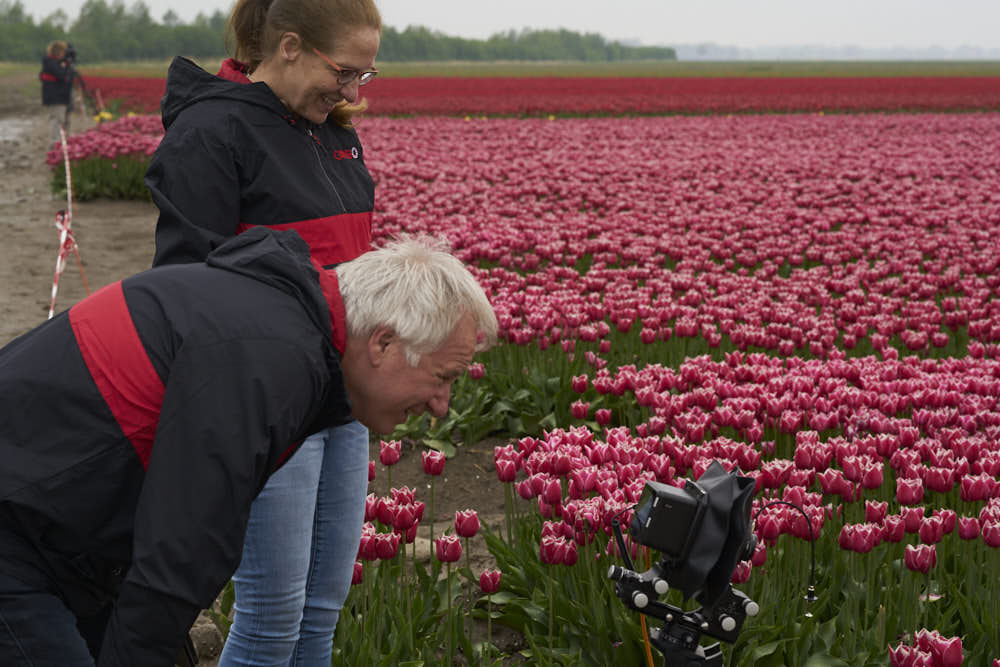
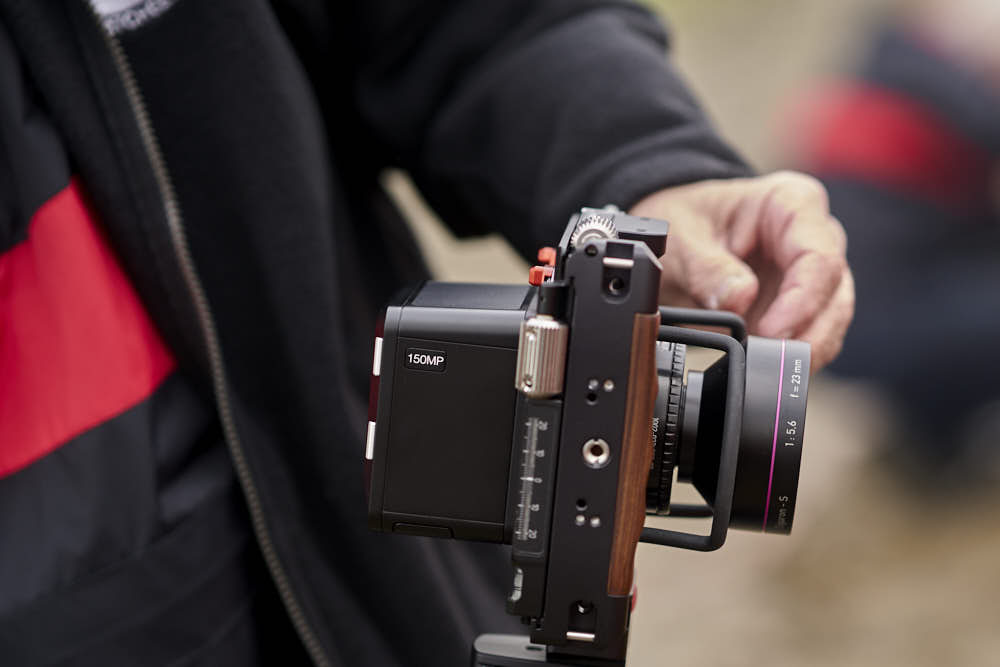
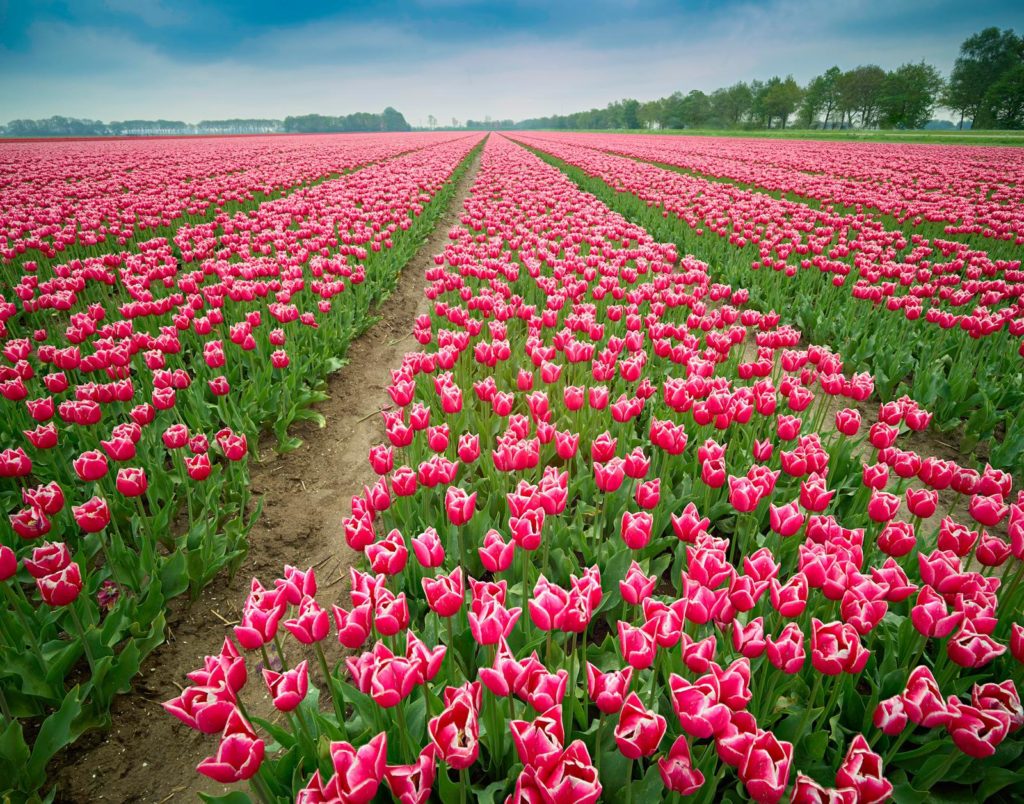
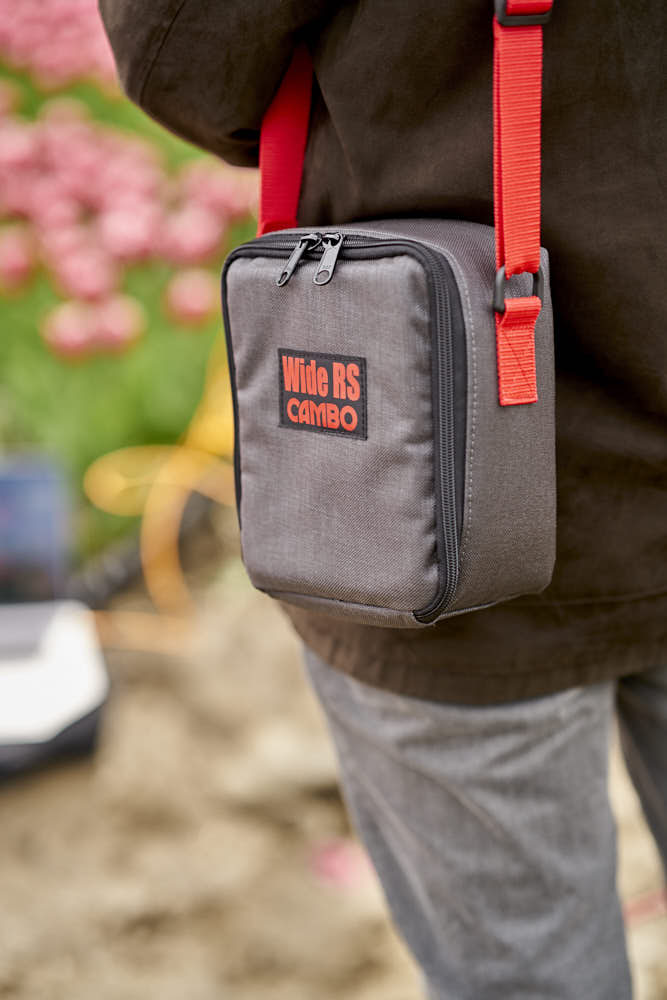
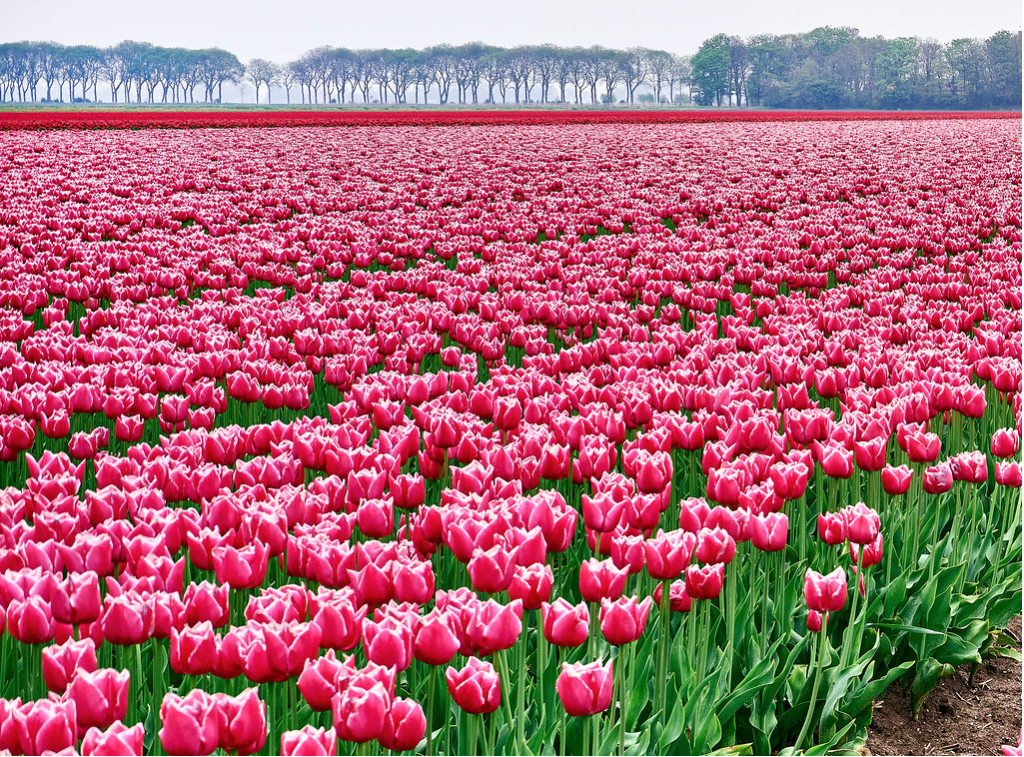
If we had waited another week all of these tulips would have already been harvested. The warm winter earlier in the year caused the bloom to start before we arrived. While we were shooting, the farmers were walking the rest of the fields removing any stray colored flowers that had made their way into the neatly organized rows.
After a full morning of Tulips, we went back to Pim’s studio for a much needed cup of hot coffee.
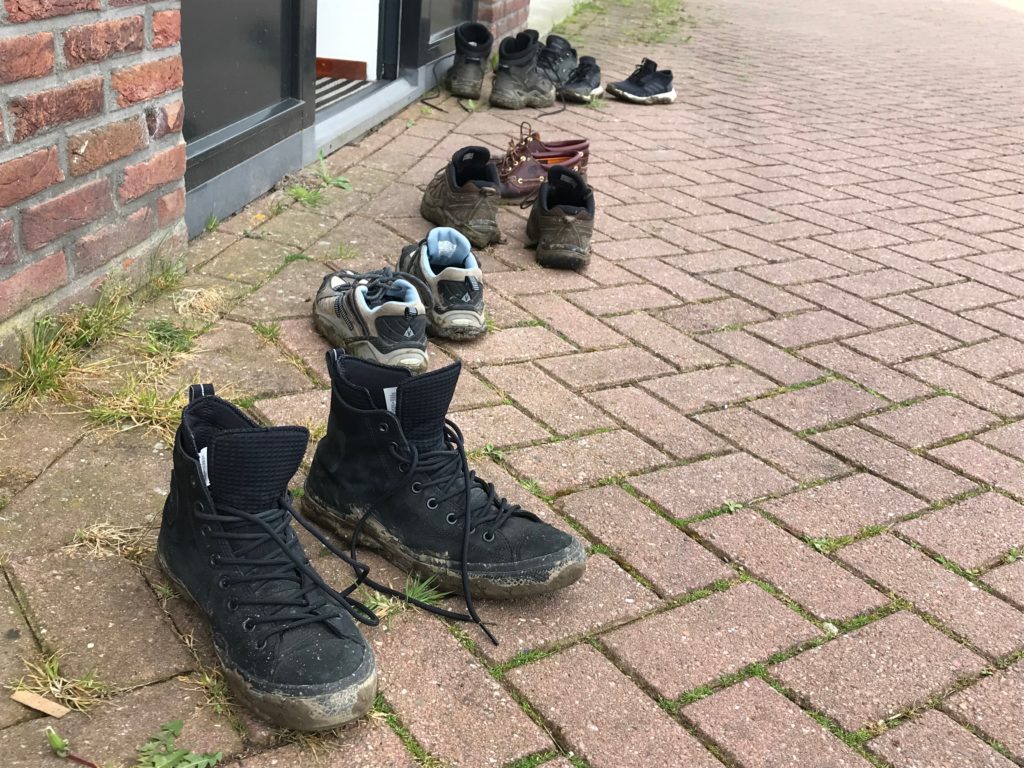

We then moved to the (former) island of Schokland, which back before the reclamation in the 1940s was known to have the North and South ends almost completely separated from each other every day during high tide.


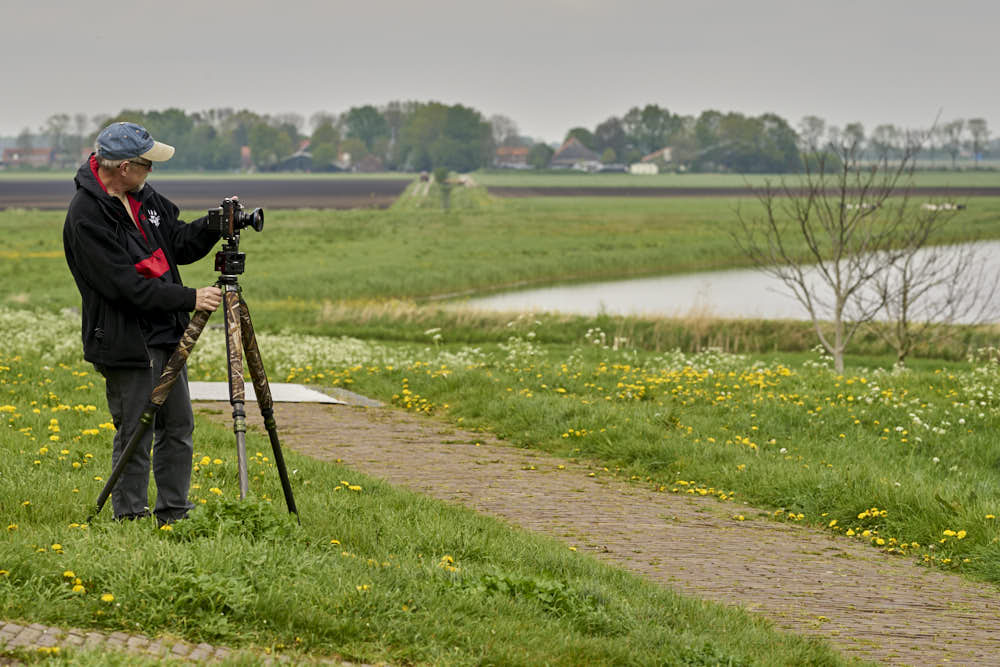


Just 77 years ago, most of this area was under water as it exists below sea level.

We then moved to the seaside village of Urk for a chance to shoot some perspective corrected architecture of an old light house that no longer shines.
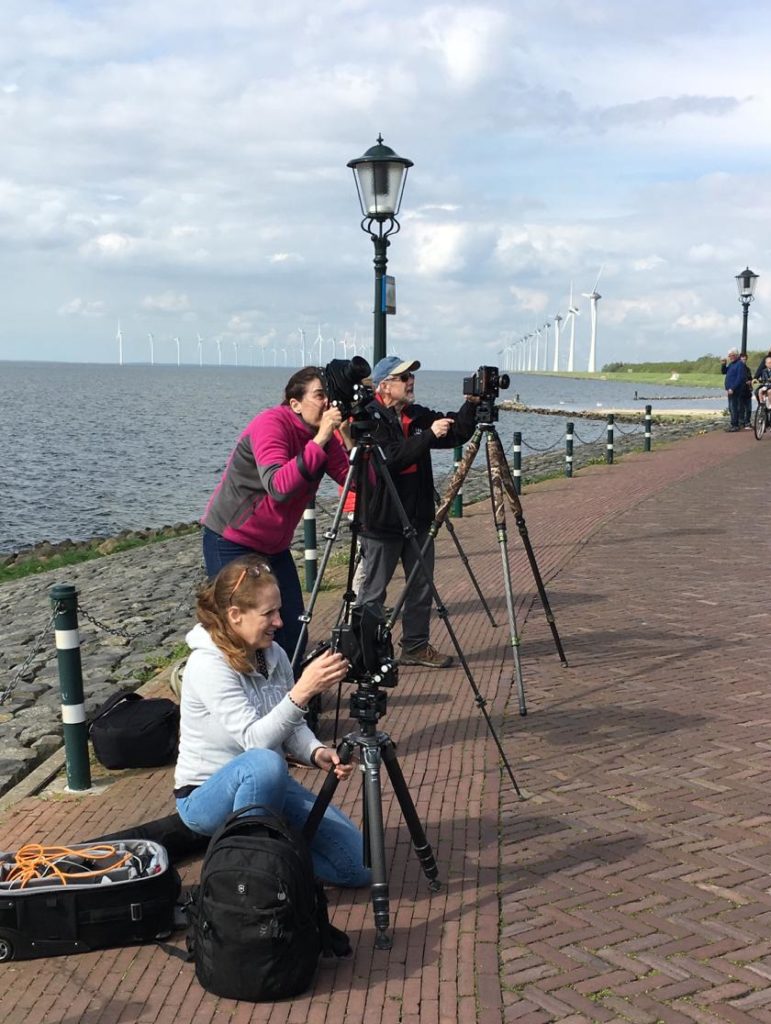
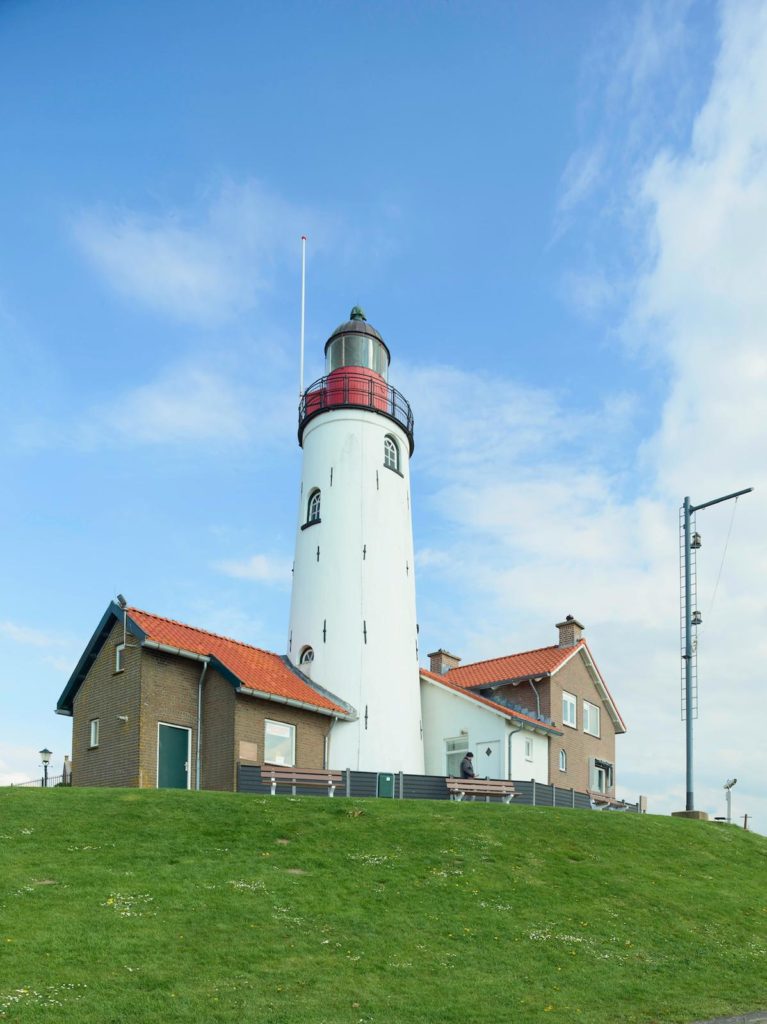
Urk is also the home of a functional port, as any good seaside village should be. The local population still makes a living by fishing and the maintenance of boats.

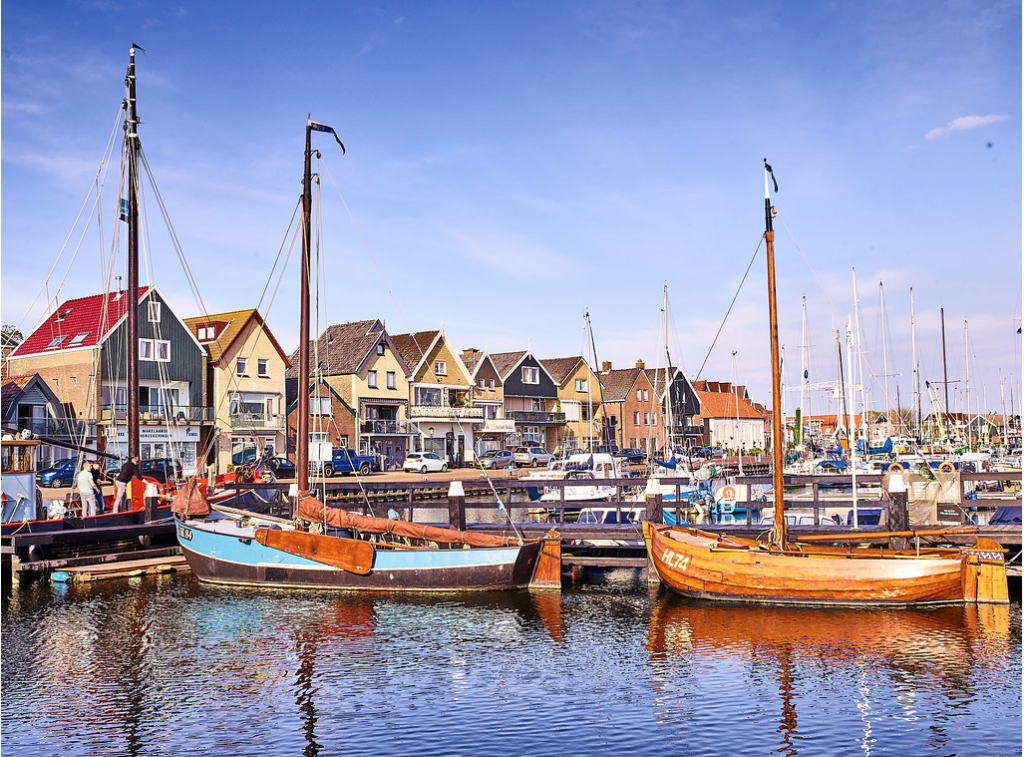
After Urk we returned back to Kampen for dinner, and to our surprise the city streets began to fill. We knew that the next day was going to be a big celebration for The King, but little did we know that the party started the night before!

Kings day proper was left open for everyone to explore the local celebrations. Booths lined the street offering games, treats, and a celebration of all things orange!
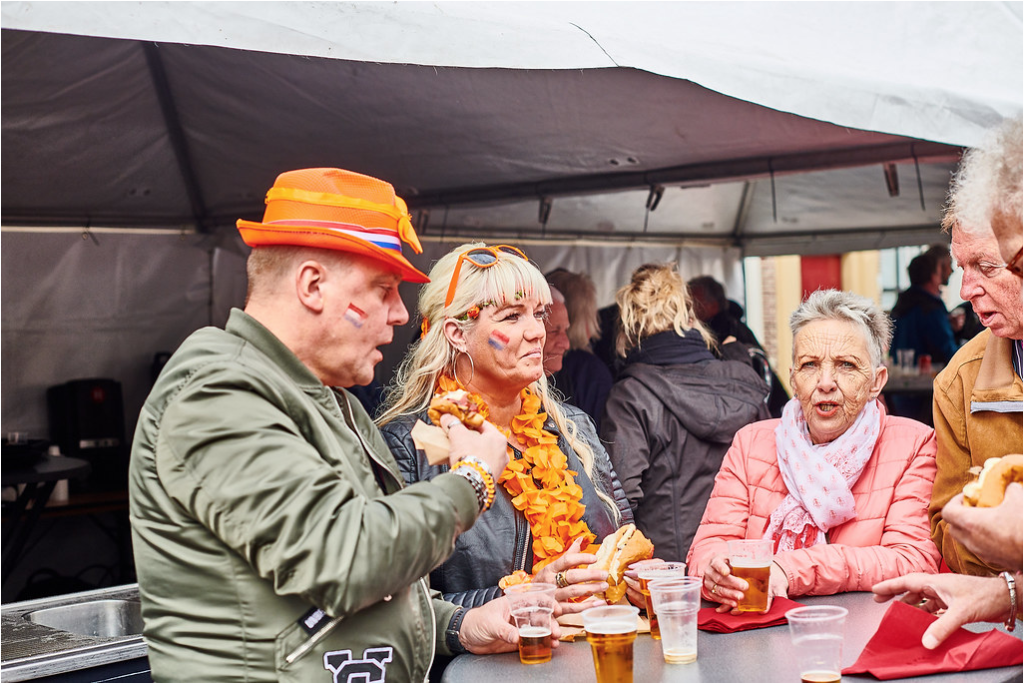
Later that night we were in for one last surprise. We were granted VIP access to a special concert at the medieval cathedral in the heart of Kampen where our host Renè was performing as part of the nationally celebrated Men’s choir.
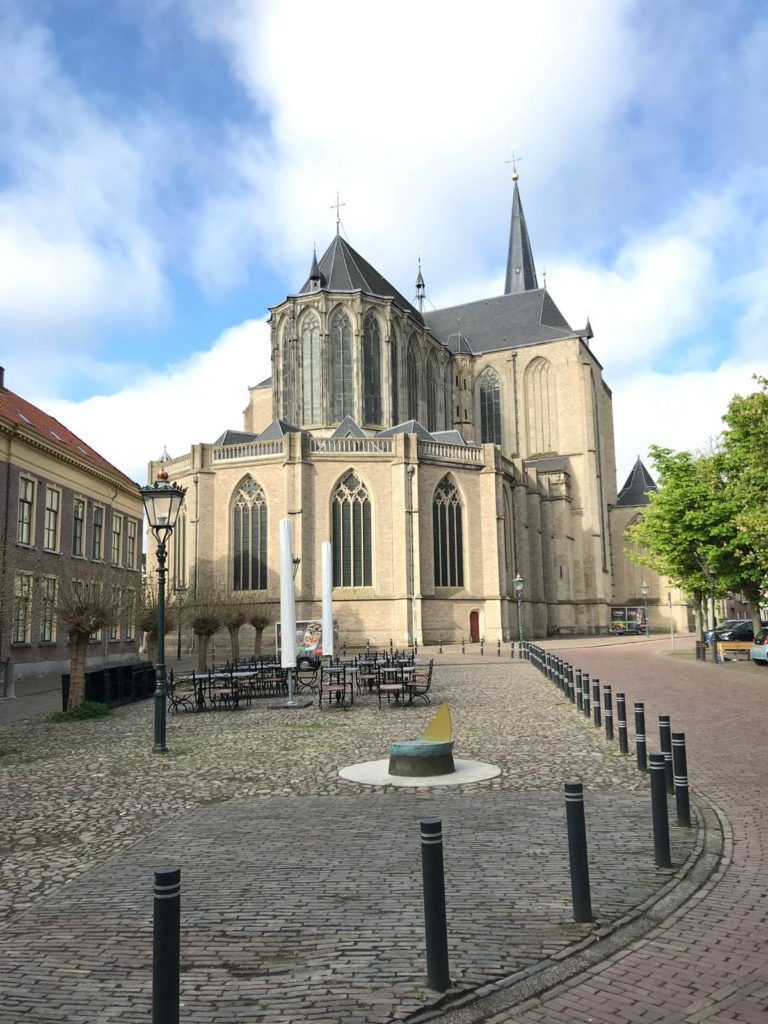

The next morning it was time to pack up and head back to Amsterdam for our last day together. We all enjoyed the time we had spend with each other, and agreed that the adventure would need to continue again next year!
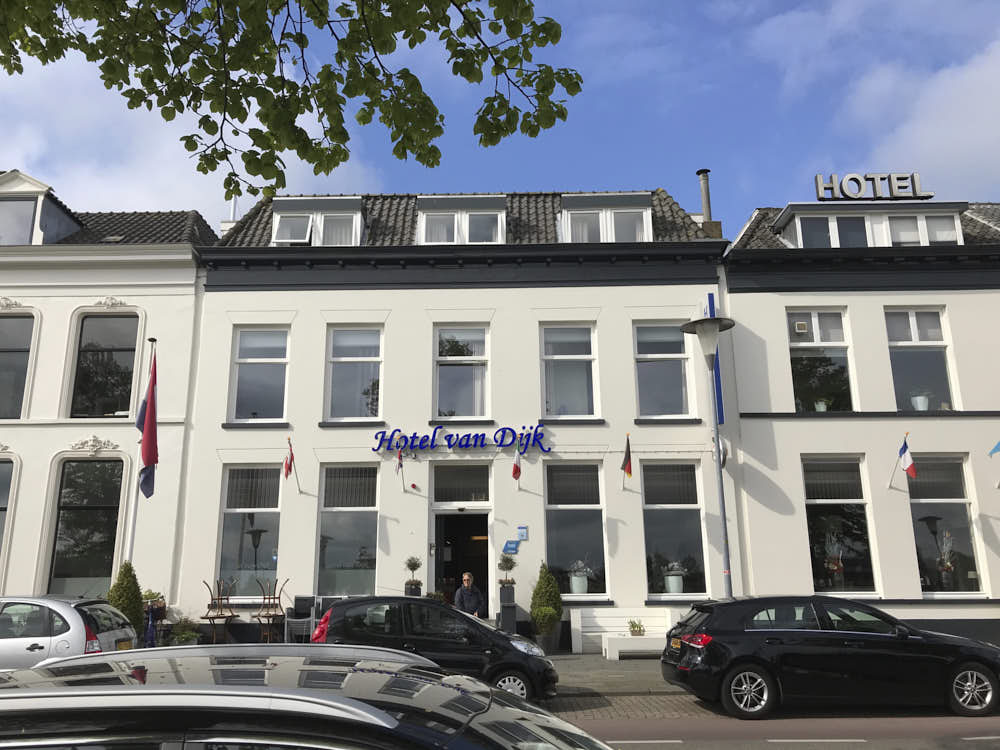
We have already started planning for our 2020 trip, which will be an all new adventure. Please keep checking back for more information as it becomes available. We can’t wait to have you join us!








